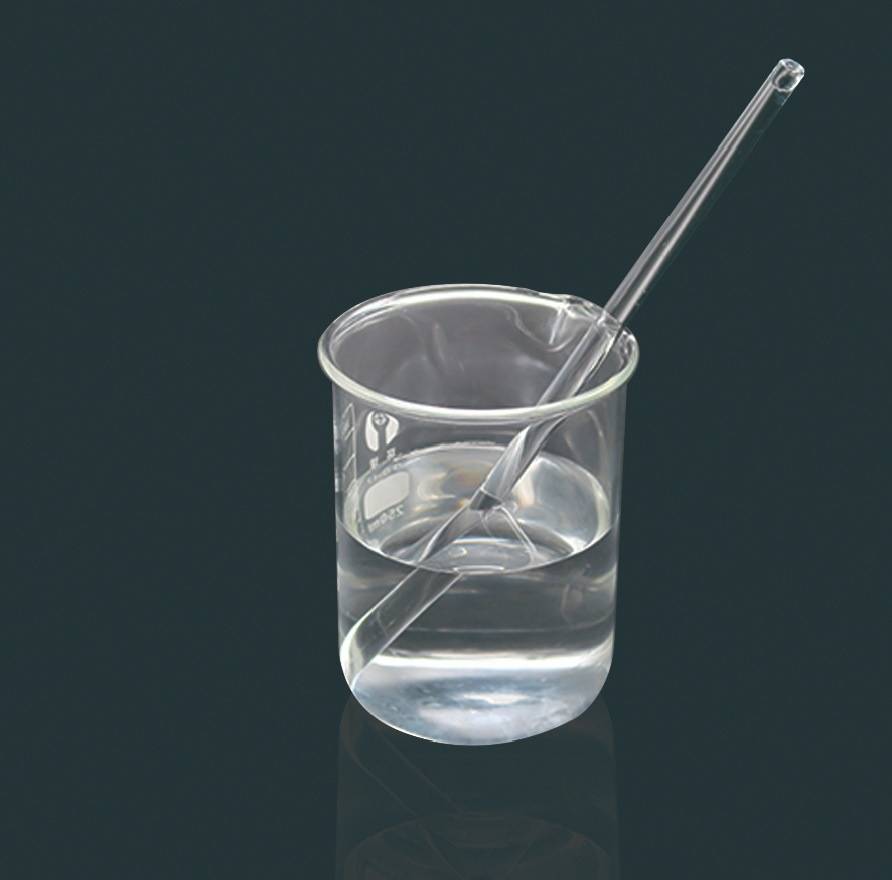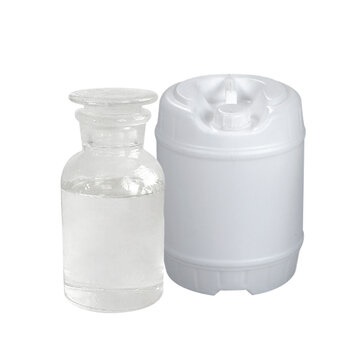Author:Kevin
Refrigerant R290, also known as propane, is a natural hydrocarbon refrigerant that can be directly obtained from liquefied gas. Compared with synthetic refrigerants such as Freon, natural refrigerant R290 does not contain chlorine atoms in its molecules, resulting in a zero ODP value and no destructive effect on the ozone layer. In addition, compared with HFC substances that have no destructive effect on the ozone layer, R290 has a GWP value close to 0 and has no impact on the greenhouse effect. Currently, R290 has been used in household water heaters and air conditioning systems in Germany.
At present, the refrigerant R22 is widely used in China’s air conditioning industry. The basic physical properties such as standard boiling point, freezing point, and critical point of R290 and R22 are very close, and they have the basic conditions to replace R22. When in a saturated liquid state, the density of R290 is lower than that of R22, so the infusion amount of R290 is smaller under the same volume. Experiments have shown that the infusion amount of R290 under the same system volume is about 43% of R22. In addition, due to the fact that the latent heat of vaporization of R290 is about twice that of R22, the refrigerant circulation of refrigeration systems using R290 is smaller. R290 has good material compatibility and can be well compatible with copper, steel, cast iron, lubricating oil, etc.
But the reason why refrigerant R290 cannot be widely used is that its flammability and explosiveness have not been effectively addressed, which is the biggest obstacle to its popularization. To reduce safety hazards, the IEC standard limits the maximum safe filling amount of R290 refrigerant: when installed at a height of 2.2m in a 10 square meter room, the filling amount must be less than 290g. Reducing the filling amount can to some extent reduce refrigerant leakage and improve the safety of R290 use. Will a decrease in refrigerant injection lead to a decrease in refrigeration capacity? Industry insiders have stated that the latent heat of vaporization of R290 is approximately twice that of R22, which means that R290 has a higher refrigeration capacity per unit mass. Moreover, current experiments have confirmed that by reducing the refrigerant injection of R290, the refrigeration system can achieve or exceed the refrigeration effect of R22 through structural modifications. Reducing leakage and improving leak detection and response capabilities are important measures to enhance the security of R290. It is understood that most manufacturers currently have high requirements for air conditioning sealing testing standards, and the normal annual leakage of air conditioning can be controlled below 5g without any danger. The refrigerant leaks that occur now are mostly concentrated in the installation, use, and maintenance processes of air conditioners, and there are many uncontrollable factors such as environment and usage methods in these processes. Therefore, safety control measures in these processes still need further research and improvement.
Some demonstration pilot projects of hydrocarbon refrigerant R290 have been launched domestically, and air conditioning manufacturers such as Haier and Gree are carrying out the renovation of R290 air conditioning production lines. In the next one or two years, new air conditioning products using R290 will emerge one after another. In the future, China will further increase the pilot efforts for the renovation of air conditioning production lines using R290 refrigerant. With the continuous deepening of research on R290 application technology and the accumulation of usage experience, the environmentally friendly refrigerant R290 may have broad market application prospects in the future.
If you need or are interested in product, please contact me and we can send you free samples.
WhatsApp:+0086-18678684705
Email:kevin@dyeastchem.com
Web.:www.dyeastchem.com



